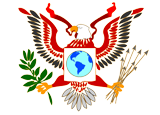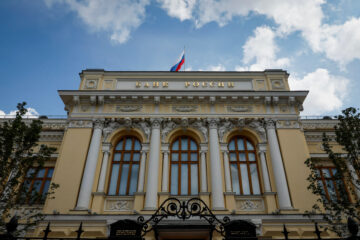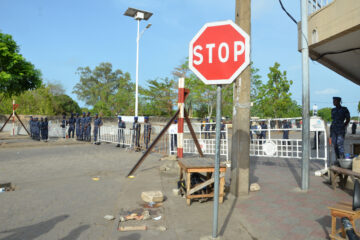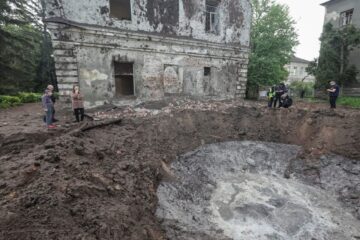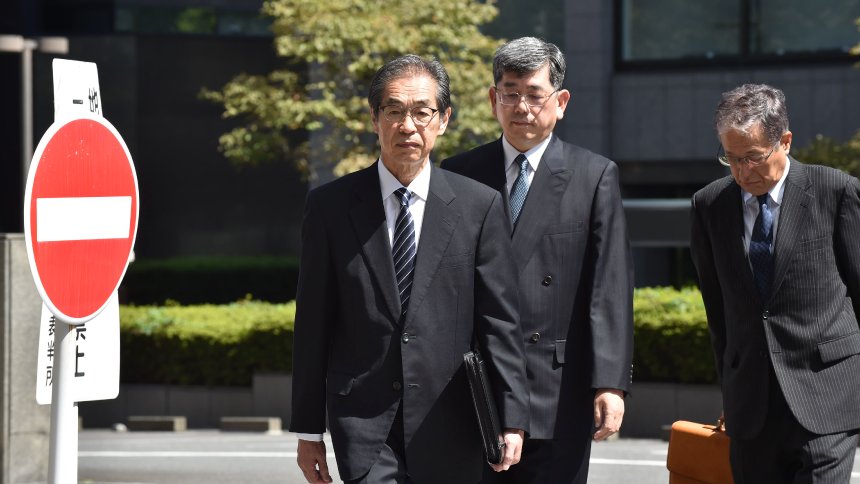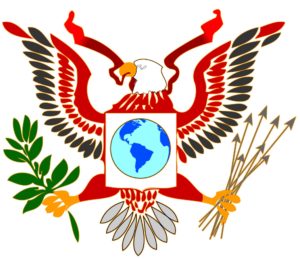100 bodies found in quake-hit Nepal’s trekking region
Reuters
Nepali police and local volunteers found the bodies of about 100 trekkers and villagers buried in an avalanche set off by last month\’s devastating earthquake and were digging through snow and ice for signs of dozens more missing, officials said on Monday.
The government began asking foreign teams to wrap up search and rescue operations, as hope of finding people alive in the rubble receded.
"They can leave. If they are also specialists in clearing the rubble, they can stay," Rameshwor Dangal, an official at Nepal\’s home ministry, told Reuters on Monday.
The trekkers\’ bodies were recovered on Saturday and Sunday at the Langtang village, 60 kilometres (40 miles) north of Kathmandu, which is on a trekking route popular with Westerners. The entire village, which includes 55 guesthouses for trekkers, was wiped out by the avalanche, officials said.
"Local volunteers and police personnel are digging through six-feet (deep) snow with shovels looking for more bodies," said
Gautam Rimal, assistant chief district officer in the area where Langtang is located.
The dead include at least seven foreigners but only two had been identified, he said.
It was not clear how many people were in Langtang at the time of the avalanche but other officials said about 120 more people could be buried under the snow.
"We had not been able to reach the area earlier because of rains and cloudy weather," Uddhav Bhattarai, the district\’s senior bureaucrat, said by telephone on Sunday.
The April 25 earthquake has killed 7,366 people and wounded nearly 14,500, Nepal\’s government said. The disaster has prompted an international relief and rescue effort.
The chief of India\’s National Disaster Response Force (NDRF), which was among the first foreign organisations to arrive after the quake, said it had been asked by the Nepalese government to conclude its search and rescue operation.
"All the search and rescue teams, not the relief (teams) … have been asked to return," NDRF Director General O.P. Singh told Indian television. "We will see how best it can be done."
At least 18 of the trekker deaths were on Mount Everest, where avalanches hit the slopes of the world\’s highest peak. The government said on Monday that it had not closed the mountain to climbers, though the route up to the peak was damaged.
"Climbers at base camp don\’t think the route will be fixed anytime soon," said Tulsi Prasad Gautam, a senior official at Nepal\’s tourism department. "It\’s up to the climbers and the organisers who are at base camp to take a decision: we are not asking them to do one thing or another."
Climbers pay $11,000 each to climb Everest, and 357 were registered for this climbing season. Last year, the government extended permits when teams abandoned their expeditions after an avalanche killed 16 Sherpa mountain guides.
In other parts of the Himalayan nation, three people were pulled alive from the rubble of their home on Sunday, eight days after the earthquake, while several media outlets reported that a 101-year-old man was found alive in the rubble on Saturday.
U.S. military aircraft and personnel arrived in Nepal on Sunday and were due to begin helping ferry relief supplies to stricken areas outside the capital, a U.S. Marines spokeswoman said.
The deployment is expected to ease the piling up of relief material at Kathmandu airport, Nepal\’s only major airport.
"We are still having problems getting things to people," said Orla Fagan, a spokeswoman for the U.N. Office for the Coordination of Humanitarian Affairs.
On Sunday, the government restricted the landing of large cargo aircraft at the airport to limit damage to the stressed runway, said a U.N. official who declined to be named.
The United Nations has said 8 million of Nepal\’s 28 million people were affected by the quake, with at least 2 million needing tents, water, food and medicines over the next three months.
More than half a million children are being vaccinated to prevent measles outbreaks, the UNICEF said in a statement on Monday. Around 1.7 million children remain in urgent need of humanitarian aid in the worst-hit areas, the statement added.
SOURCE: REUTERS
[do_widget_area inner_adsbar]
